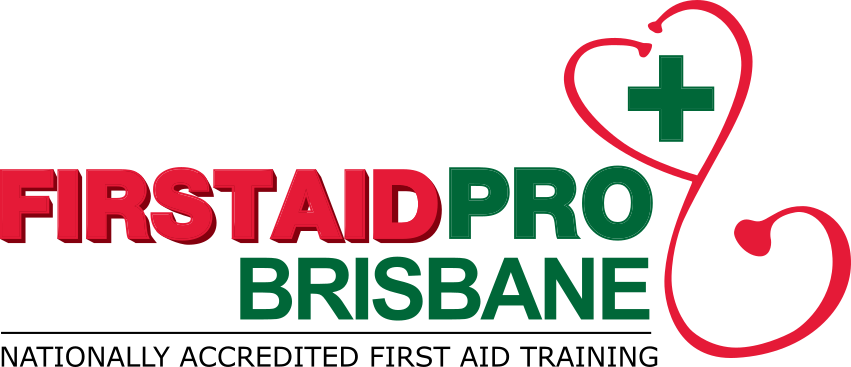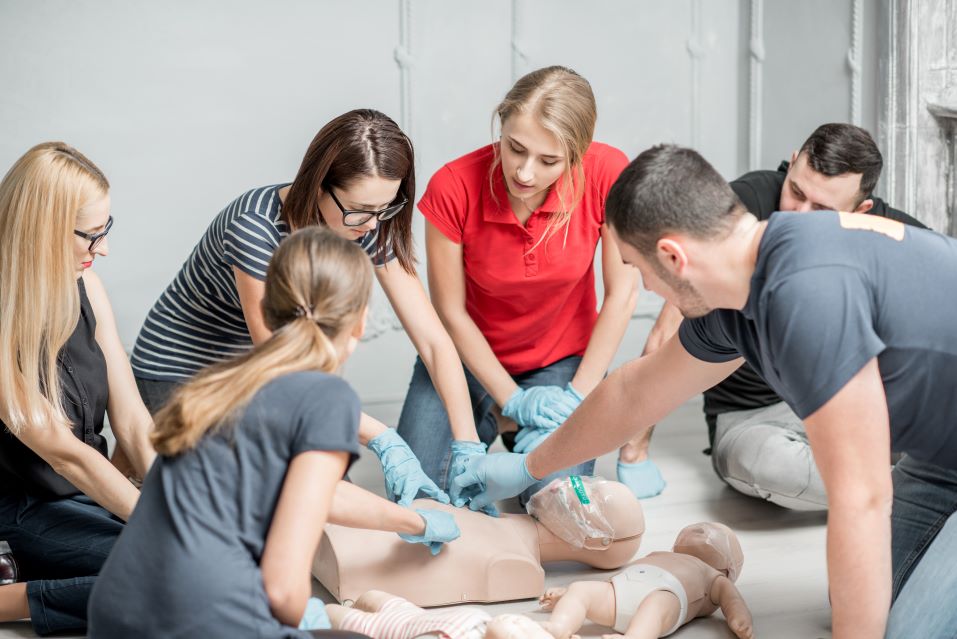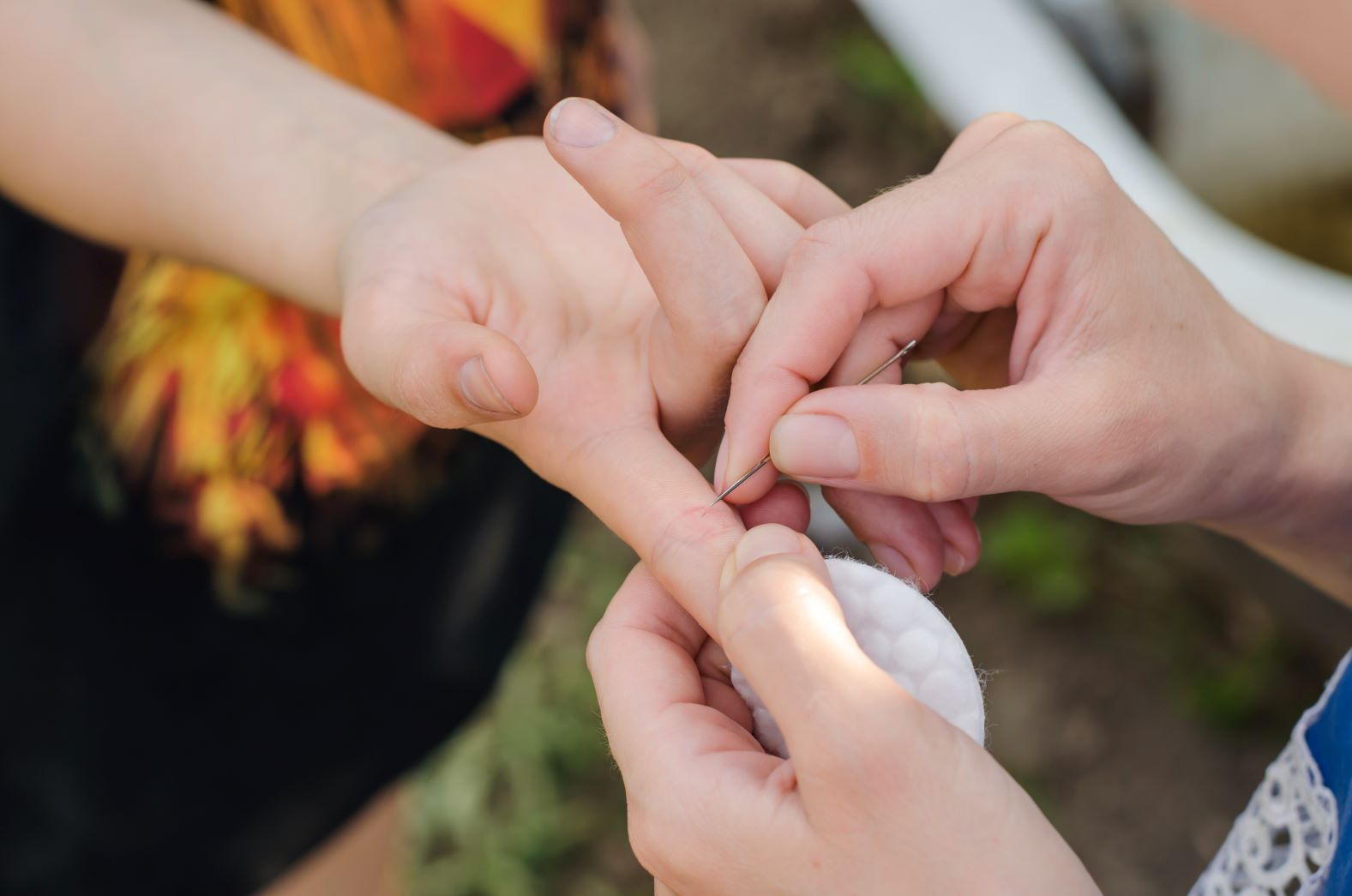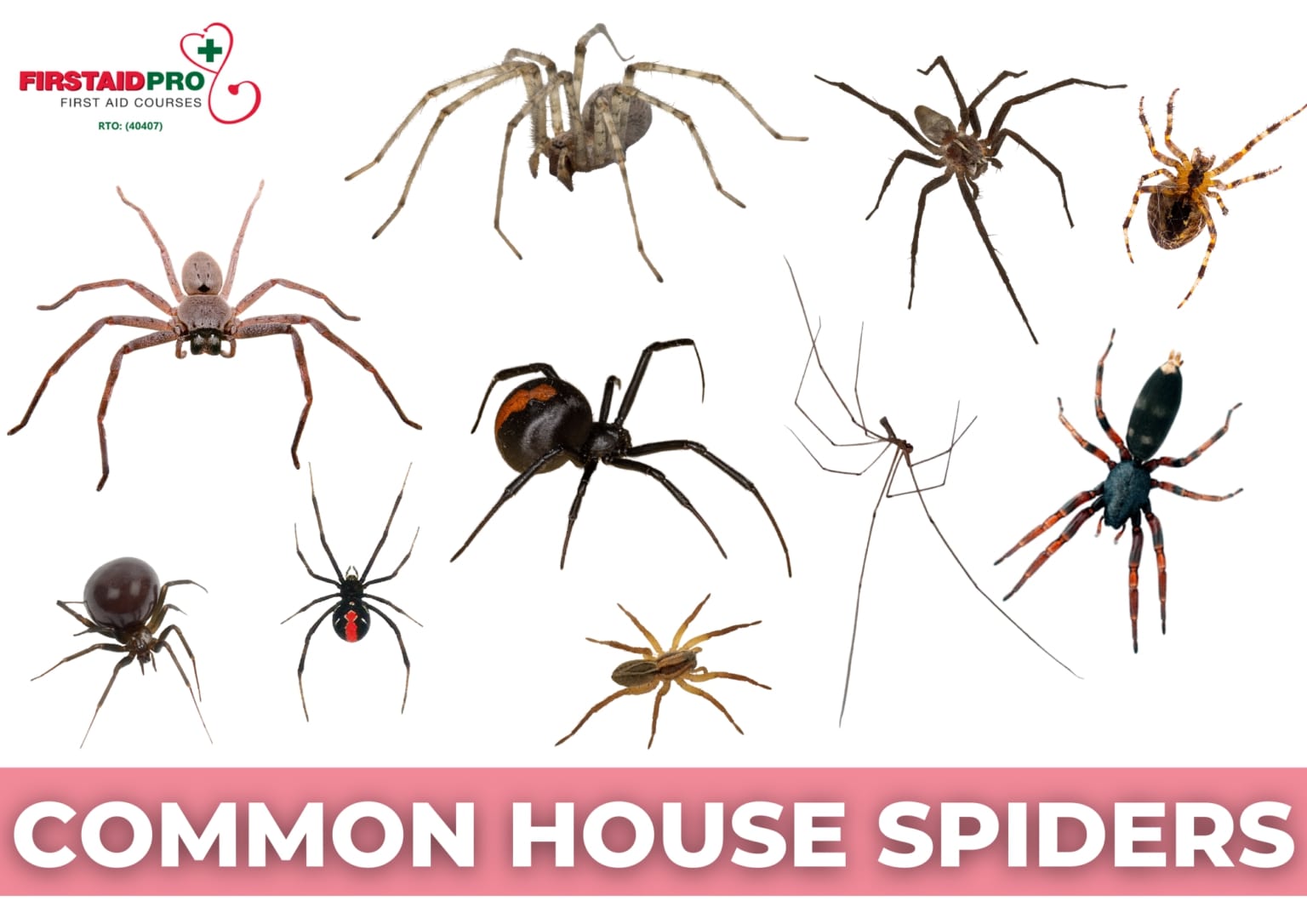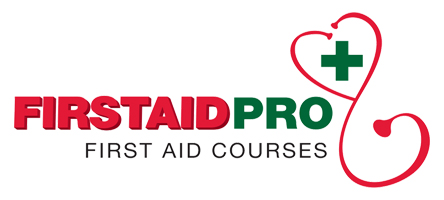A paediatric first aid kit should contain first-aid supplies that can treat a wide range of childhood injuries, including cuts, grazes, and bleeding.
A paediatric first aid kit is ideal for parents and carers to ensure child safety, whether at home or going for a day out.
Emergency Preparedness In Children
A child who begins to crawl, walk, and explore their surrounding can be exposed to many potential hazards lurking around the home, playground, and even in daycare. Their natural tendency toward curiosity and exploration can sometimes lead them into dangerous situations.
Unintentional child injuries are responsible for many deaths and long-term disabilities every year. But according to Kidsafe SA, most of these are preventable and can be avoided with necessary precautions.
Children are especially vulnerable to injury as they have live little or no control over their world. Parents and caregivers have a level of responsibility to look after the welfare of youngsters under their care.
A paediatric first aid kit and knowledge of how to use it can provide critical care in medical emergencies and avoid preventable infant deaths.
9 Must-Haves In A Paediatric First Aid Kit
Make sure that a paediatric first kit contains all of these essentials.
- Plasters
Plasters or adhesive dressings are used to cover small cuts, abrasions, and minor bleeding wounds. A child’s skin is often sensitive, and the use of plaster help protect open wounds from infection and further damage.
Choose hypo-allergenic plasters that are safe for use on children. Buy it in various shapes and sizes for all kinds of injuries – from minor cuts and scrapes to more extensive wounds.
- Antiseptic Cream
Spending time outdoors can sometimes expose a child to insect bites and poisonous plants (poison ivy, sumac, etc.)
While prevention is not always possible, it is best to have an antiseptic cream ready to treat any stings, bites, and rashes before any infection occurs.
- Alcohol Wipes
Always keep a trusty pack of baby wipes in the kit to clean unexpected cuts and grazes.
- Numbing Spray
A painful cut, scrape, or burn can put a child in distress. The numbing spray is excellent for pain relief and ease their distress significantly.
- Scissors And Tweezers
Scissors are necessary to cut bandages down to the appropriate size. They can also help remove dressing for daily replacement, which reduces the risk of infection.
A pair of tweezers will come to the rescue in removing splinters and other sharp objects injected into the skin.
- Instant Cold Compress
Instant ice packs temporarily relieve minor pain and swelling if a child suffers from sprains, aches, and sore joints.
- Thermometer
Being able to measure a child’s temperature helps in detecting flu and other sickness. It provides an insight to parents and carers when there is a need for a healthcare provider once the reading reaches way beyond the normal range.
- Medicines
Ideally, medications for a paediatric first aid kit should be checked with your pharmacist to know which ones are safe.
Consider keeping the following medicines in the kit, including pain relievers, hydrocortisone cream, aloe vera gel, and calamine lotion.
- Epi-Pen
An Epi-Pen (epinephrine autoinjector) is potentially a life-saver, especially if the child is known to suffer from anaphylaxis or severe allergic reactions. However, they’re normally only available with a doctor’s prescription.
First Aid Manual
Child injuries can happen at any time. It is vital to remain calm and patient when providing first aid care in these situations – children will often pick up on your level of alarm.
A first aid manual can provide a solid understanding of first aid components and how to use them on children of different ages. Having a look over the manual allow the parent or responder to remain calm, which often lead to better outcomes.
We recommend having a first aid kit accessible within easy reach, to attend to child injuries right away. Have one at home, in the car, classroom, and anywhere the child is.
Get Trained
First aid is an essential skill useful for parents and anyone who works with children and infants. These include nursery and pre-school teachers and professional childminders and coaches.
Child Care First Aid covers a multitude of skillset, including how to use the components of a paediatric first aid kit.
The goal is to provide immediate medical care and treatment to a child to either resolve the injury or provide a short-term emergency stop-gap until medical professionals can take over.
Book a Childcare First Aid Course today.
